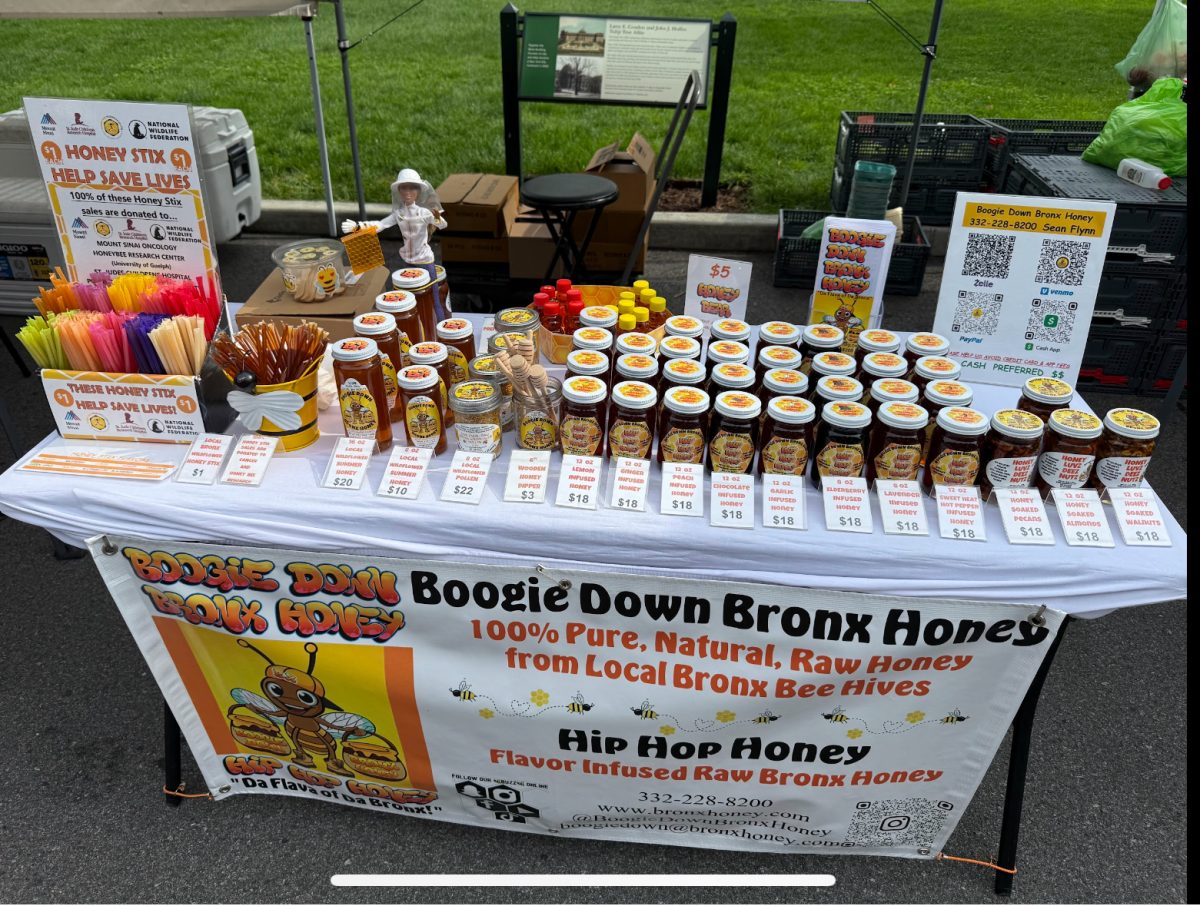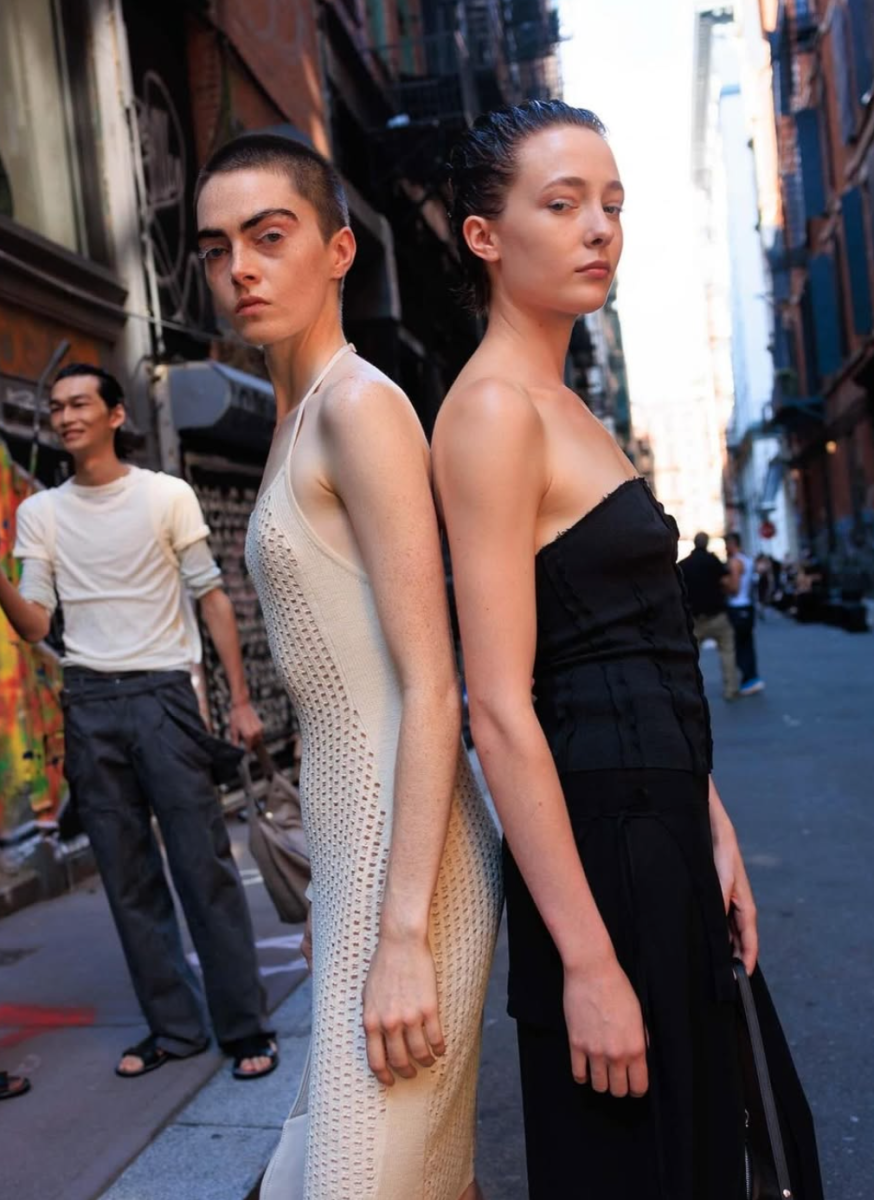By KEVIN ZEBROWSKI
The Seersucker provides a wealth of knowledge on sartorial fundamentals, contemporary male fashion and the mastery of personal style.
Sportswear isn’t a terribly complicated affair. The goal is to mix wearable classics with the functionality of modern conveniences. Too much modern gear may invite jokes about corporate sponsorship, and forgoing modernity completely may leave you weighed down in a sweat saturated mess. Dressing for the gym is simple enough if you remember to pair the modern, technological marvels of Nike and Adidas with some classic, natural fabrics.
An example of such an outfit might be a pair of synthetic track pants, a cotton T-shirt and a cotton-and-fleece-blend hoodie. Hooded sweatshirts, or hoodies as everyone prefers to call them nowadays, often come in pullover or zippered forms. I like the zippered hoodies because I tend to remove my sweatshirt (naturally), and the zipper makes for an easy-on, easy-off scenario. I like the standard cotton T-shirt because it’s lightweight and doesn’t cause strange body odor like a synthetic moisture-wicking shirt might. Cotton T-shirts are also easy enough to wash. I throw mine in with the towels.
Synthetic track pants or a shell jacket with nylon elements break up the natural fabrics in a way that prevents the 1970s throwback look. I personally like the ’70s sportswear look, but opt to avoid accessories like sweat-wicking headbands to avoid drawing comparisons to Jackie Moon. When it comes to workout accessories, I tend to avoid them entirely. Those armband phone cases make it easy enough to listen to music during a run, but I find them counterintuitive when engaging in lifts that involve bicep or tricep contractions, or any upper body lifts for that matter. I normally leave my phone in the locker when I go to the gym.
I do not wish to give an impression of disdain regarding traditional athletic clothing. Some innovation certainly went into the classic pieces as well. For example, those “V” shaped patches of cloth on most crewneck sweaters were invented to redirect the pattern of sweat that typically forms around that area during strenuous activities. On older crewneck sweaters, the “V” shaped patch was sewn in with practical intention, and the fabric of the patch is often thicker cotton than the rest of the garment.
The most important aspect of any individual piece of athletic clothing is that it should not be a physical hindrance in any conceivable manner. Leave the decorative pieces for a separate occasion. The best way to look your best at the gym is to display comfort and ease of movement.
Oh, and keep the colors simple if you can. You would not wish to distract someone holding a heavy iron bar over his or her chest with your multi-colored parachute pants. Safety first.










































































































































































































